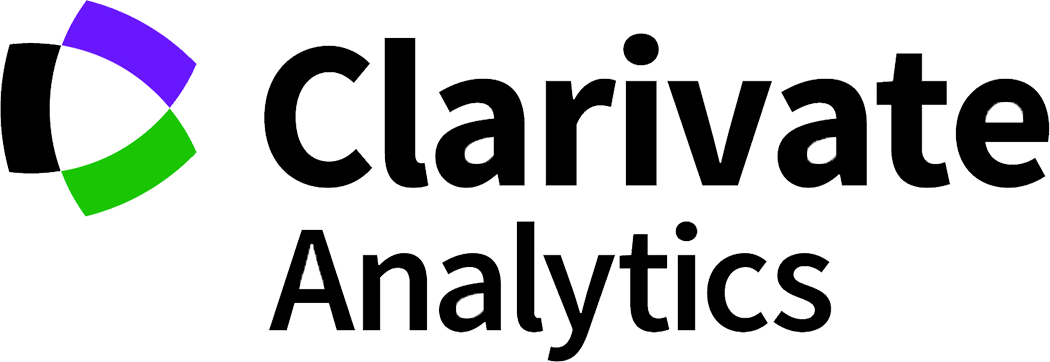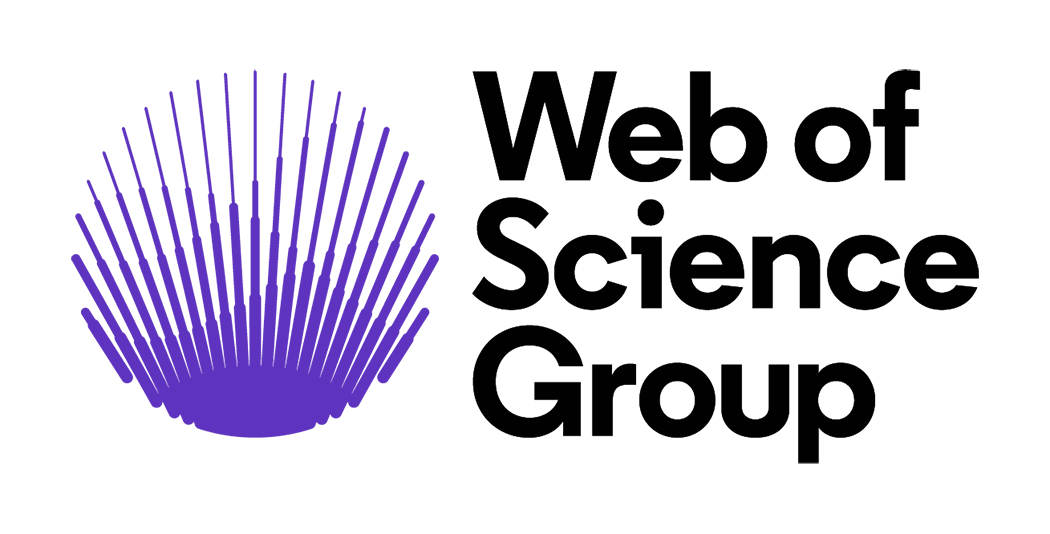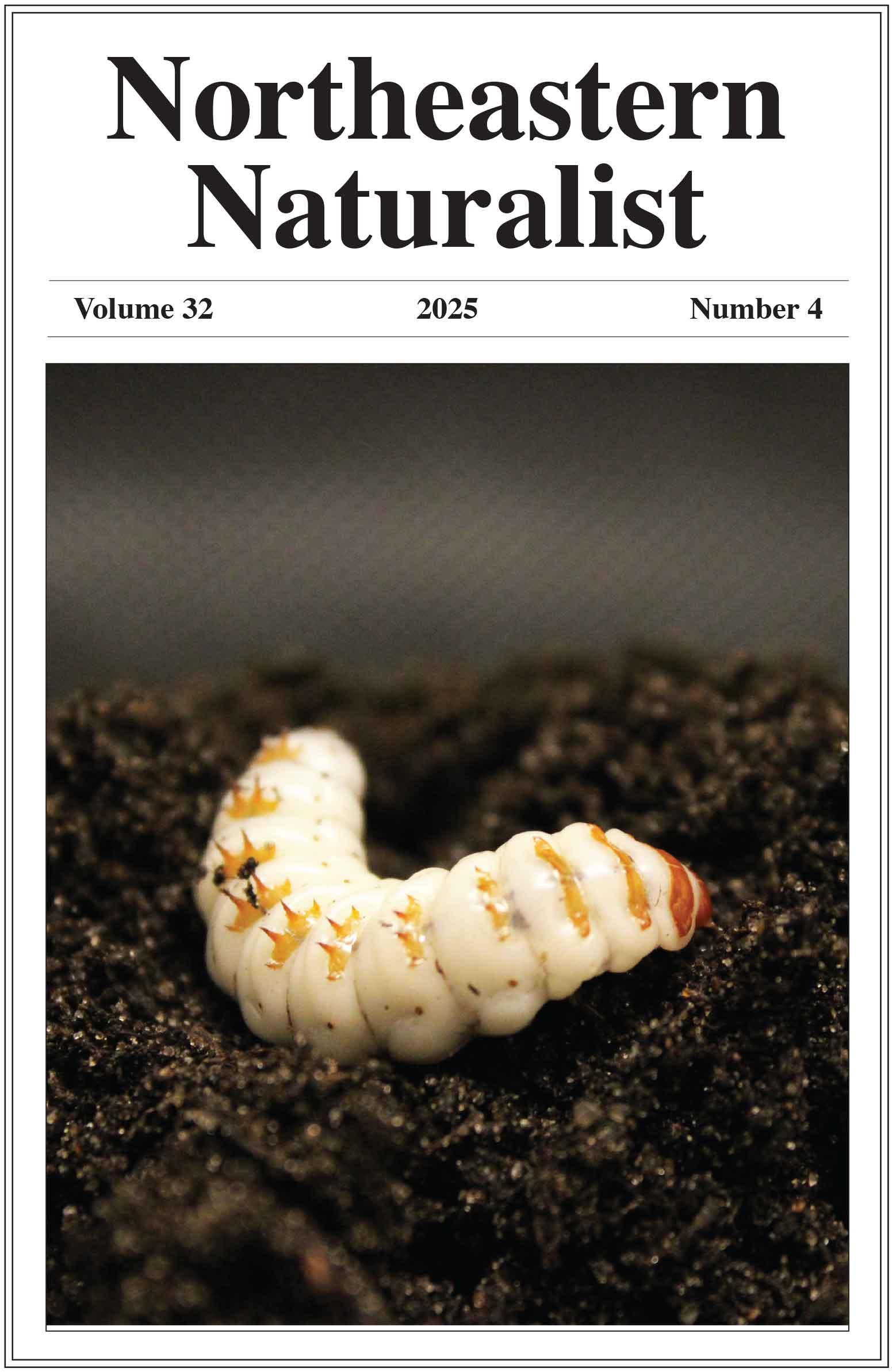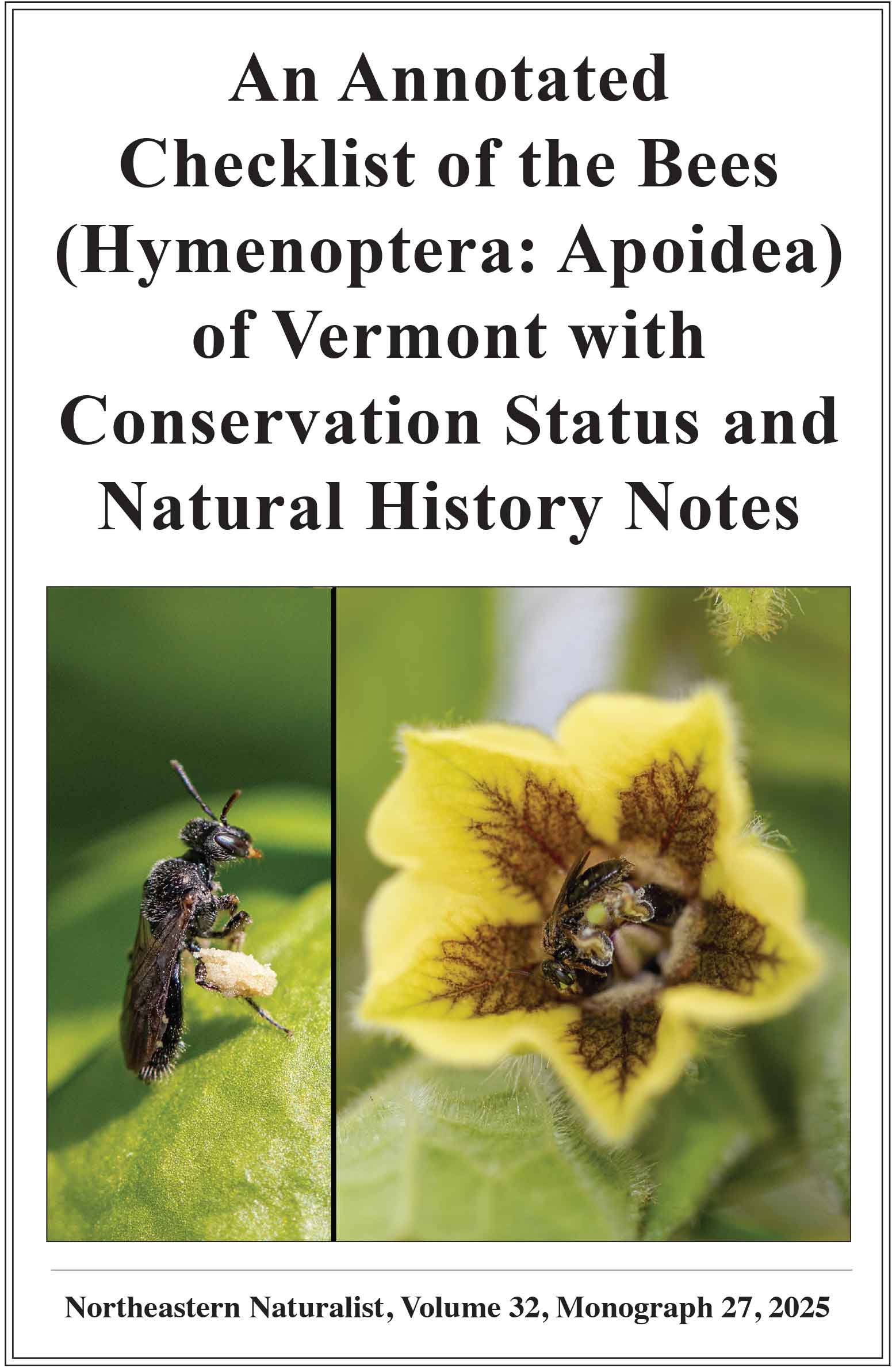Experimental Tests of Barrier Type and Tunnel Lighting on Use of Road Passages by Three Turtle Species
Derek T. Yorks1,*, Paul R. Sievert2, and Scott D. Jackson2
1Maine Department of Inland Fisheries and Wildlife, Bangor, ME 04401. 2University of Massachusetts Amherst Department of Environmental Conservation, Holdsworth Hall, Amherst, MA 01003. *Corresponding author.
Northeastern Naturalist, Volume 31, Special Issue 12: C76–C91
First published early online: 8 March 2025
Abstract
Roadways cause harmful impacts to many populations of freshwater turtles, which frequently encounter roads when they undertake terrestrial movements. Mitigating threats from roads to turtle populations requires an understanding of where it is feasible to mitigate with barrier and passage systems and how effective these methods will be. Clemmys guttata (Spotted Turtle) and Emydoidea blandingii (Blanding’s Turtle) are in decline throughout much of their native range, and road mortality is among the primary drivers of this decline. In order to inform the design of effective barrier and passage systems, we conducted behavioral trials with Spotted Turtles (n = 49), Blanding’s Turtles (n = 49), and Chrysemys picta (Painted Turtles; n = 32) in outdoor experimental enclosures to examine: (1) the influence of tunnel lighting level on movement behavior, and (2) the effect of barrier opacity on movement behavior of these 3 species. Our results from tests of ambient lighting in tunnels indicate that a tunnel with abundant overhead light throughout is likely adequate to facilitate the passage of most individuals among the 3 subject turtle species. Conversely, a tunnel of the same dimensions (24 m long, 0.6 m x 0.6 m openings at both ends) that lacks overhead light may be of little or no use in facilitating the passage of these turtles. Spotted Turtles passed successfully through tunnels less frequently than Painted Turtles and Blanding’s Turtles under either lighting treatment. Our tests of barrier fencing indicate that opacity is a significant predictor of turtle deviation from barriers. Our results suggest that physical barriers can be an effective means of directing turtles into passages and that varying the opacity of the barriers can be used to manipulate their behavior. We conclude that translucent barrier material is a better choice for directing turtles toward a passageway and an opaque barrier is a better choice when simply deterring and restricting access from a roadway or other hazardous area.
![]() Download Full-text pdf (Accessible only to subscribers. To subscribe click here.)
Download Full-text pdf (Accessible only to subscribers. To subscribe click here.)
Access Journal Content
Open access browsing of table of contents and abstract pages. Full text pdfs available for download for subscribers.
Issue-in-Progress: Vol. 33(1) ... early view
Check out NENA's latest monograph and Special Issue:













 The Northeastern Naturalist is a peer-reviewed journal that covers all aspects of natural history within northeastern North America. We welcome research articles, summary review papers, and observational notes.
The Northeastern Naturalist is a peer-reviewed journal that covers all aspects of natural history within northeastern North America. We welcome research articles, summary review papers, and observational notes.